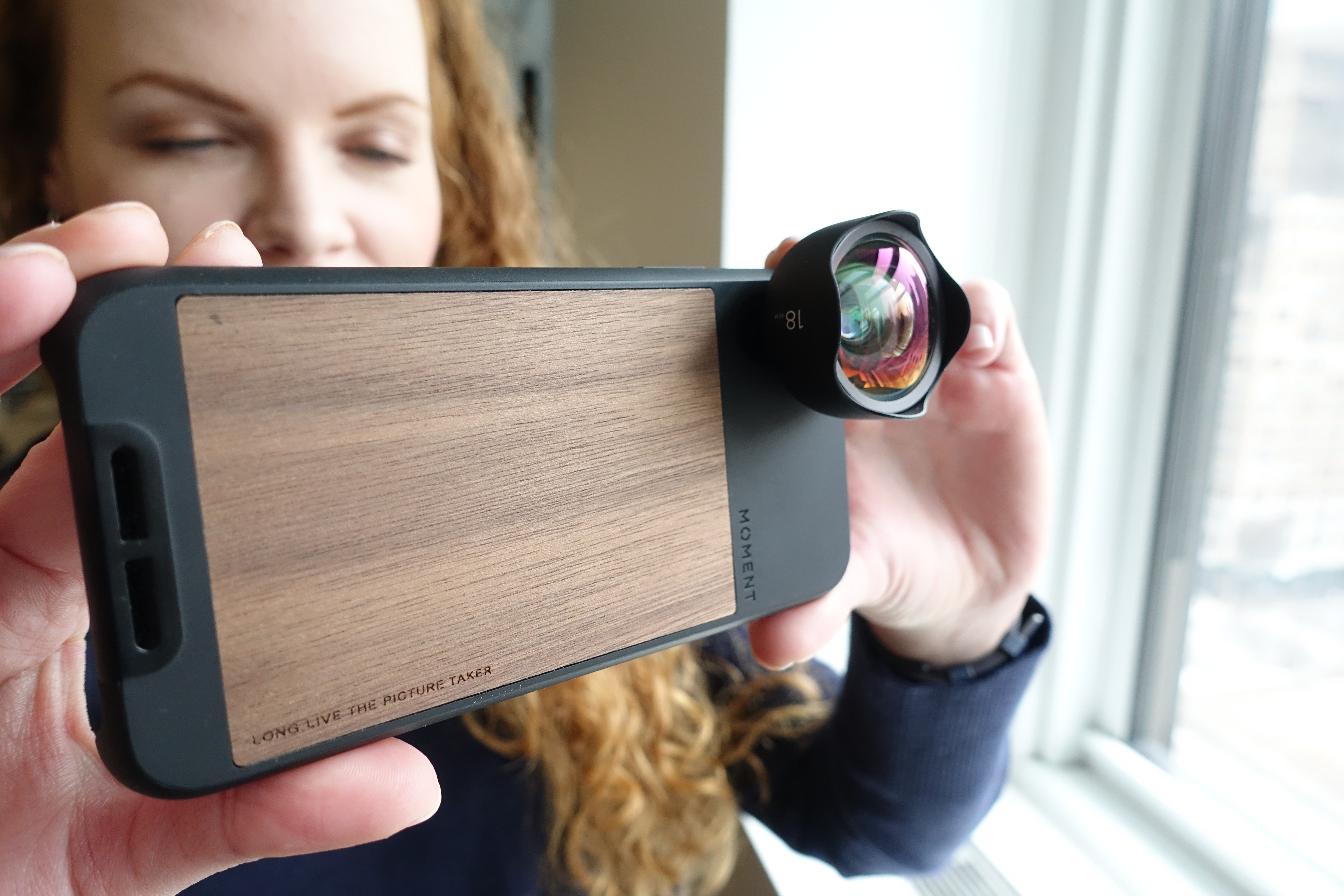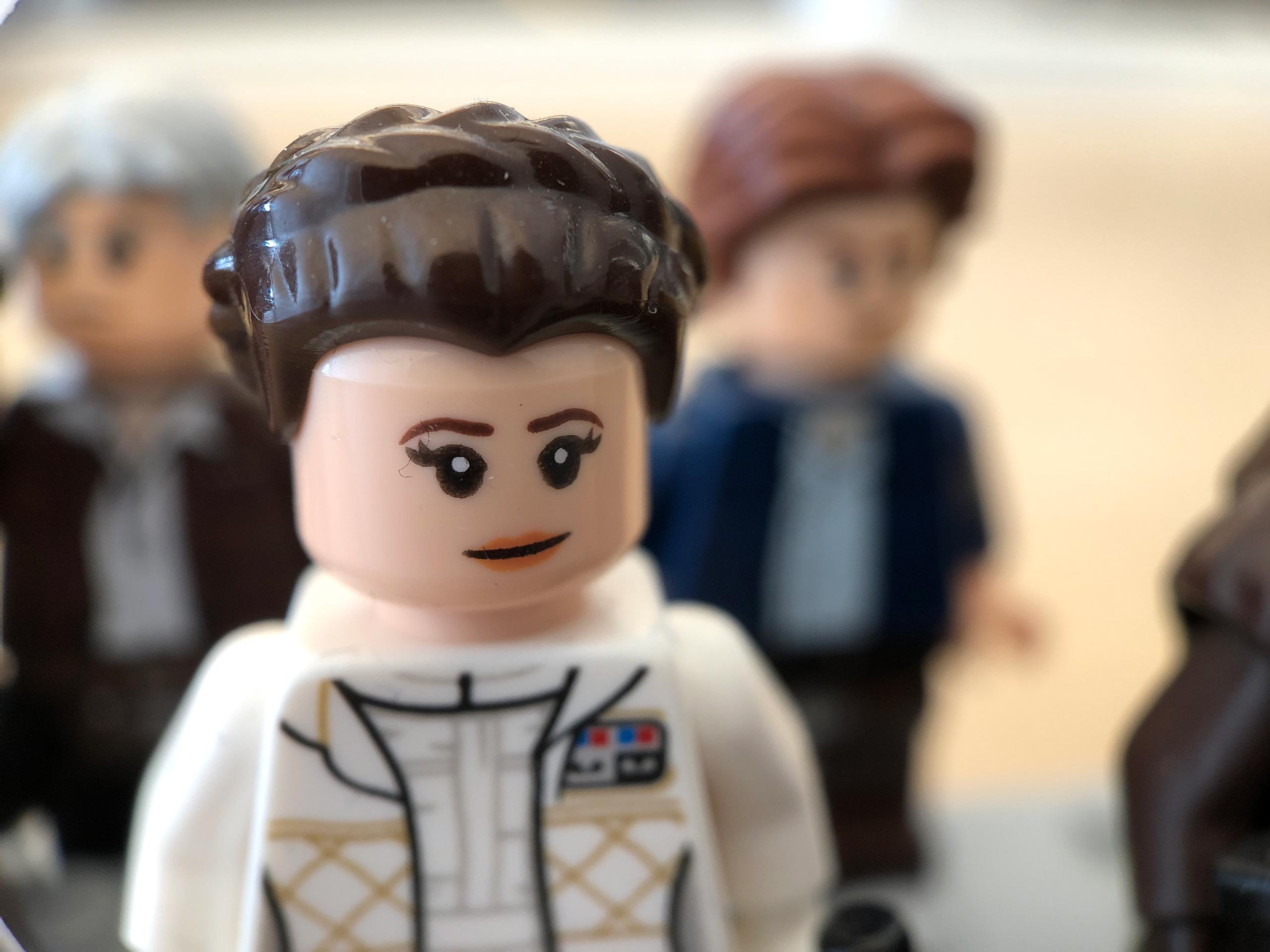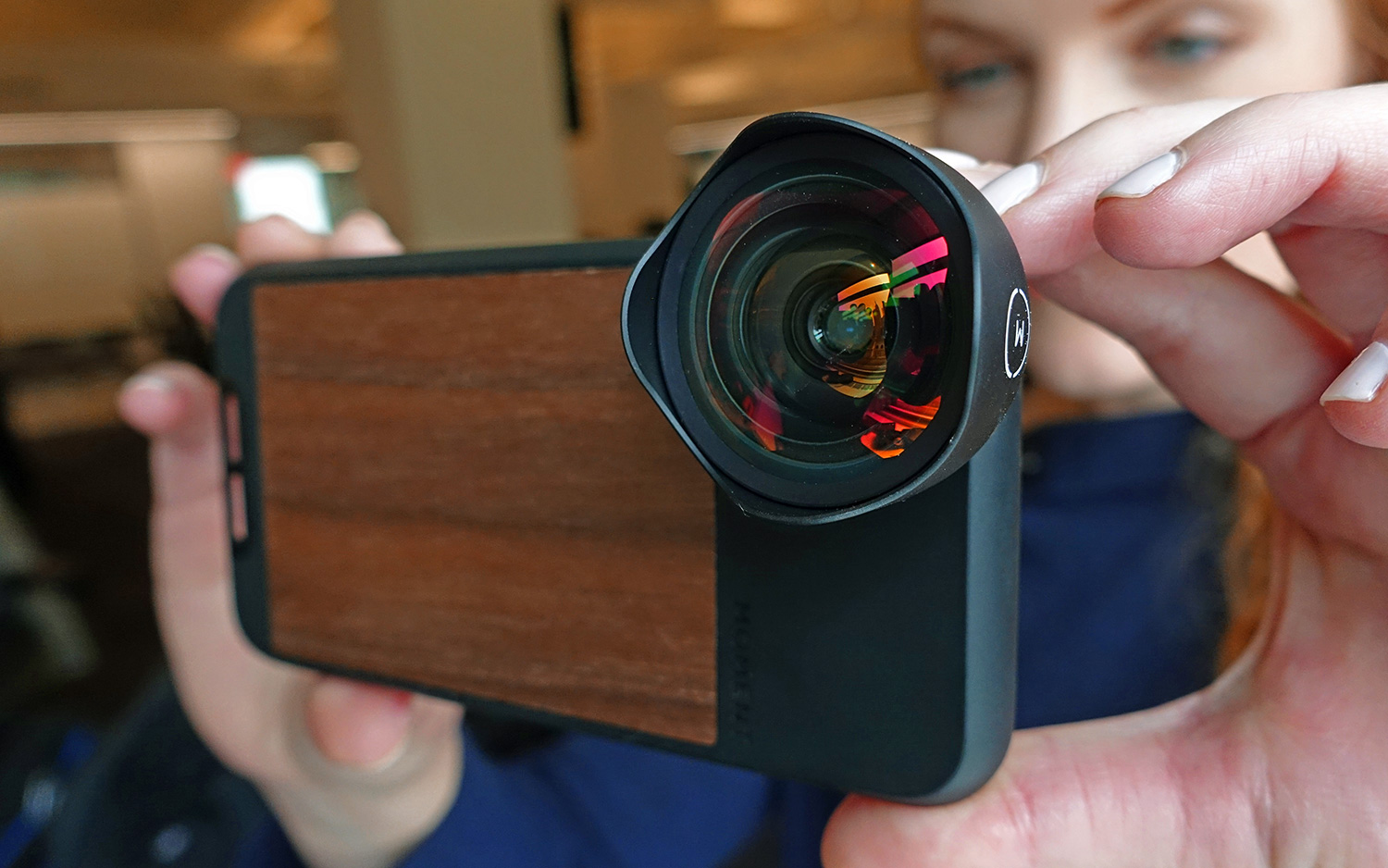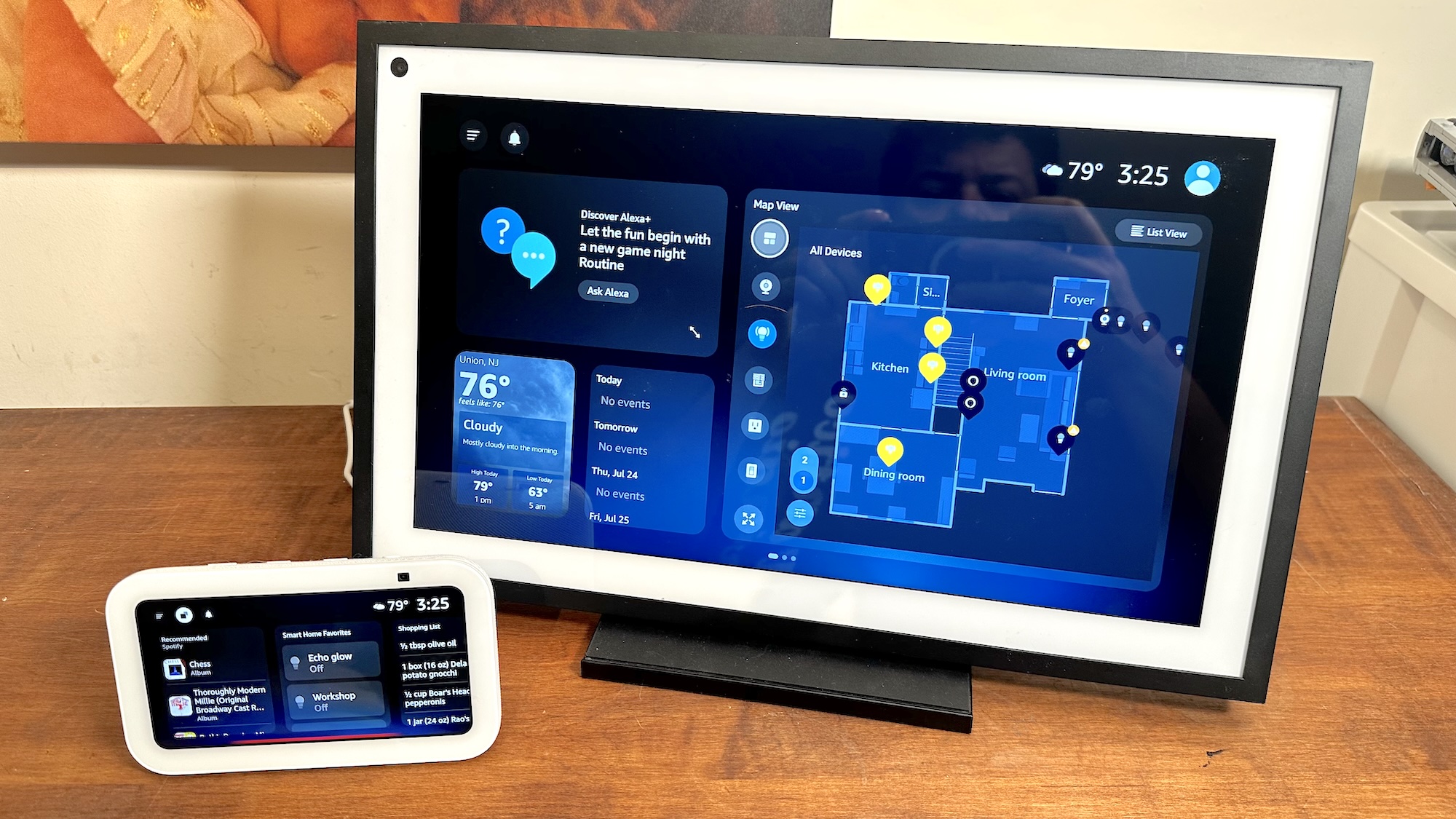Tom's Guide Verdict
These are the best lenses you can get for your smartphone, but they'll cost you.
Pros
- +
Excellent quality
- +
Works with later iPhones, Samsung Galaxy and Note smartphones and Google Pixel
Cons
- -
Expensive
Why you can trust Tom's Guide
Apple has consistently fitted its phones with some of the best cameras on a smartphone — just take the iPhone 15 Pro Max, for example, with its three lenses and 48MP sensor.
But while those cameras are great, they aren't perfect, which is why Moment has long since produced some of the best iPhone lenses to extend the photographic capabilities of Apple's smartphone. Moment's newest smartphone lens kit works not only with the iPhone, but also with many of the top Android smartphones.
Read on to see our full Moment iPhone lenses review.
Editor's note: We're currently testing the latest Moment lenses, and will have our in-depth review of the newer models up very soon! In the meantime, stay locked to Tom's Guide for the best tech news and reviews.
Design
Unlike those cheap plastic lenses that cost less than $10 and seem to litter Amazon's best-sellers page, Moment's four lenses (a wide-angle, fish-eye, macro and telephoto)look and feel professional. Glass elements in metal housings give the lenses a heft that reinforces their quality.
Unlike with Sandmarc's lenses, you can use Moment's with either one of the iPhone's dual rear lenses (you can watch an explainer here). However, there's a catch: You have to use a third-party photo app, such as Moment's, which lets you choose which iPhone lens you want to use. The standard Apple Camera app has no such option. However, only Moment's telephoto lens was worth using with the iPhone's telephoto camera; I didn't see as big of an effect when using the telephoto camera with the fish-eye or wide-angle lenses.
Moment's lenses connect to a dedicated case using a bayonet-style mount, which made them quicker to swap out than Sandmarc's lenses, which I had to screw in completely to the case. Still, Sandmarc lenses have much wider bases, making them feel less likely to snap off if the lens is yanked one way, and the iPhone another. Unlikely to happen, I know.
Get instant access to breaking news, the hottest reviews, great deals and helpful tips.

Moment's lenses will work with the iPhone 6/6 Plus and later, Pixel, Pixel 2/XL, Samsung Galaxy S8/+ and later, and Galaxy Note 8. However, you will also have to buy the appropriate case, and these range in price from $23.99 to $29.99. By comparison, Sandmarc makes cases only for the iPhone; you'll have to use Sandmarc’s universal lens clip with other smartphones.
Lens Performance
Moment sent us its lens kit along with a case for the iPhone X, which is what we used as our test platform. We used the same iPhone to test ShiftCam and Sandmarc's lenses, too.
Wide Lens
Moment's Wide Lens (18mm equivalent) offers double the field of view of the iPhone X's main camera.


Compared to similar lenses from Sandmarc and ShiftCam, Moment's lenses let me capture much more of the main hall of Grand Central Terminal — you can see much more of the ceiling, for example — with no distortion, blurring or vignetting around the edges. Letters and numbers on a track listing at the very edge of the frame are clearly legible. Still, the photos from the competing lenses were also quite good.
View full-size image
Telephoto
This 60mm equivalent lens gets you twice as close to the action as with the iPhone's lens alone. If you use it with the iPhone X's telephoto lens, you can change a 2X zoom image into a 4X zoom (to do so, you'll need to use a third-party camera app, which lets you switch between the iPhone's two lenses). A photo taken of the Chrysler Building from several blocks away was pretty good, but only the very center of the image was completely sharp.


ShiftCam's telephoto lens produced a photo that was sharper throughout — which you can see in both the lower levels of the Chrysler Building, as well as the building on the left side of the frame. I got similar results when taking pictures of the outside and inside of Grand Central Terminal. Interestingly, if you use Moment's telephoto lens with the iPhone's wide lens and point the camera at a light source, you get a curious halo effect, in which the edges of the photo are darker than the center.
View full-size image
Superfish
While it didn't capture as much as Sandmarc's fish-eye lens, Moment's 170-degree Superfish lens did a better job in what it was able to record. For instance, objects toward the edge of the frame remained sharper on photos taken with the Moment lens, as compared to Sandmarc's.


In the shot of Grand Central, the statues on the ceiling are more detailed. You don't get as much of the fish-eye effect — the curviness around the edges — as you do with the Sandmarc lens, but the shot still looks great.
View full-size image
Macro
The close-up shots taken with Moment's Macro lens, which offers a 10x magnification, were on a par with Sandmarc's.


You could see every little detail of a Chewbacca Lego figurine, as well as dust and lint that fell on the toy.
View full-size image
Lens Prices
Generally speaking, Moment's lenses tend to be the most expensive, costing about $10 to $20 more than comparable lenses from Sandmarc.
| Lens Type | Moment | Sandmarc |
| Fish-eye | $89.99 | $79.99 |
| Macro | $89.99 | $69.99 |
| Telephoto | $99.99 | $89.99 |
| Wide | $99.99 | $89.99 |
Bottom Line
Moment's lenses may cost the most, but they produce some of the best photos we've seen from add-on smartphone lenses. While Moment's fish-eye lens didn't offer as much coverage as Sandmarc's, the overall quality was much better.
Two other attributes also argue in Moment's favor: You can use the company's lenses with either of the iPhone's (and Note 8's) rear cameras, and Moment's lenses work with most of the top-end smartphones, not just those from Apple.
Credit: Tom's Guide

Michael A. Prospero is the U.S. Editor-in-Chief for Tom’s Guide. He oversees all evergreen content and oversees the Homes, Smart Home, and Fitness/Wearables categories for the site. In his spare time, he also tests out the latest drones, electric scooters, and smart home gadgets, such as video doorbells. Before his tenure at Tom's Guide, he was the Reviews Editor for Laptop Magazine, a reporter at Fast Company, the Times of Trenton, and, many eons back, an intern at George magazine. He received his undergraduate degree from Boston College, where he worked on the campus newspaper The Heights, and then attended the Columbia University school of Journalism. When he’s not testing out the latest running watch, electric scooter, or skiing or training for a marathon, he’s probably using the latest sous vide machine, smoker, or pizza oven, to the delight — or chagrin — of his family.

